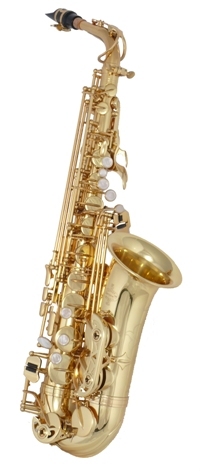
Whether you’re the person behind the instrument or you’re listening to it through your earbuds, science supports the long-believed fact that music is good for more than the soul. A good song has the ability to add fun to even the most mundane workout and creating that song can relieve stress and improve cognitive function. Here are five clear health reasons you should make music a part of your everyday life.
Listening to Music Motivates You to Exercise
After determining that people tended to choose the least strenuous cadence while walking or running, researchers studied the effect music could have on altering that cadence. The study found that, by using the correct type of music, exercisers could trick the brain into overcoming that automatic cadence and work harder. There’s even an app for that. With Cruise Control: Run, runners can challenge themselves by picking up the pace using their own playlists. Whether someone uses an app or just runs a favorite playlist, listening to music makes working out more fun, which is a motivator in itself.
Read More...




